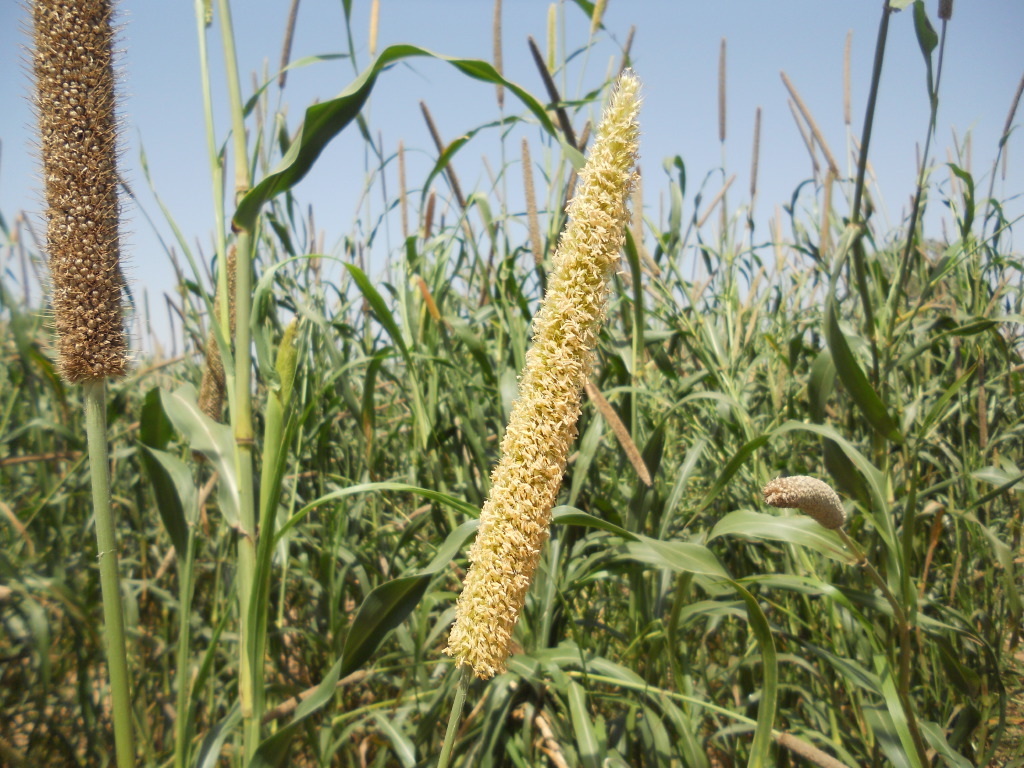Millet
| Growing Period | Type | Annual or Perennial | Drought Tolerance | Shade Tolerance | Salinity Tolerance |
|---|---|---|---|---|---|
| Warm Season | Grass | Annual | Moderate | Intolerant | Intolerant |

Water
Drought tolerant (Johnny's Selected Seeds, 1983).
Soil Type
Japanese millet does well in cold, wet soils (Schonbeck, 1988).
Life Cycle
Summer annual (Johnny's Selected Seeds, 1983).
Seeding Rate
Seed sown at 30-40 lbs/acre (Johnny's Selected Seeds, 1983).
Seeding Method
Millet should be sown at a depth of about one inch (Johnny's Selected Seeds, 1983).
Uses
Millet is grown for erosion control, to enhance soil life, and to add organic matter (Johnny's Selected Seeds, 1983).
Pearl millet and Japanese millet have good weed-smothering abilities (Schonbeck, 1988).
Pest Effects, Nematodes
Thirty-five wild and cultivated grasses and 4 forage legumes were evaluated in small plots. Millet was among the poorest hosts for pin nematode (Paratylenchus projectus) (Towshend and Davidson, 198?).
Pest Effects, Weeds
Pearl millet and Japanese millet have good weed-smothering abilities (Schonbeck, 1988).
